Intentar ORO - Gratis
LIMBER TIMBER
Hobby Farms
|September - October 2023
You won't have to lumber over that brush pile with these tips.
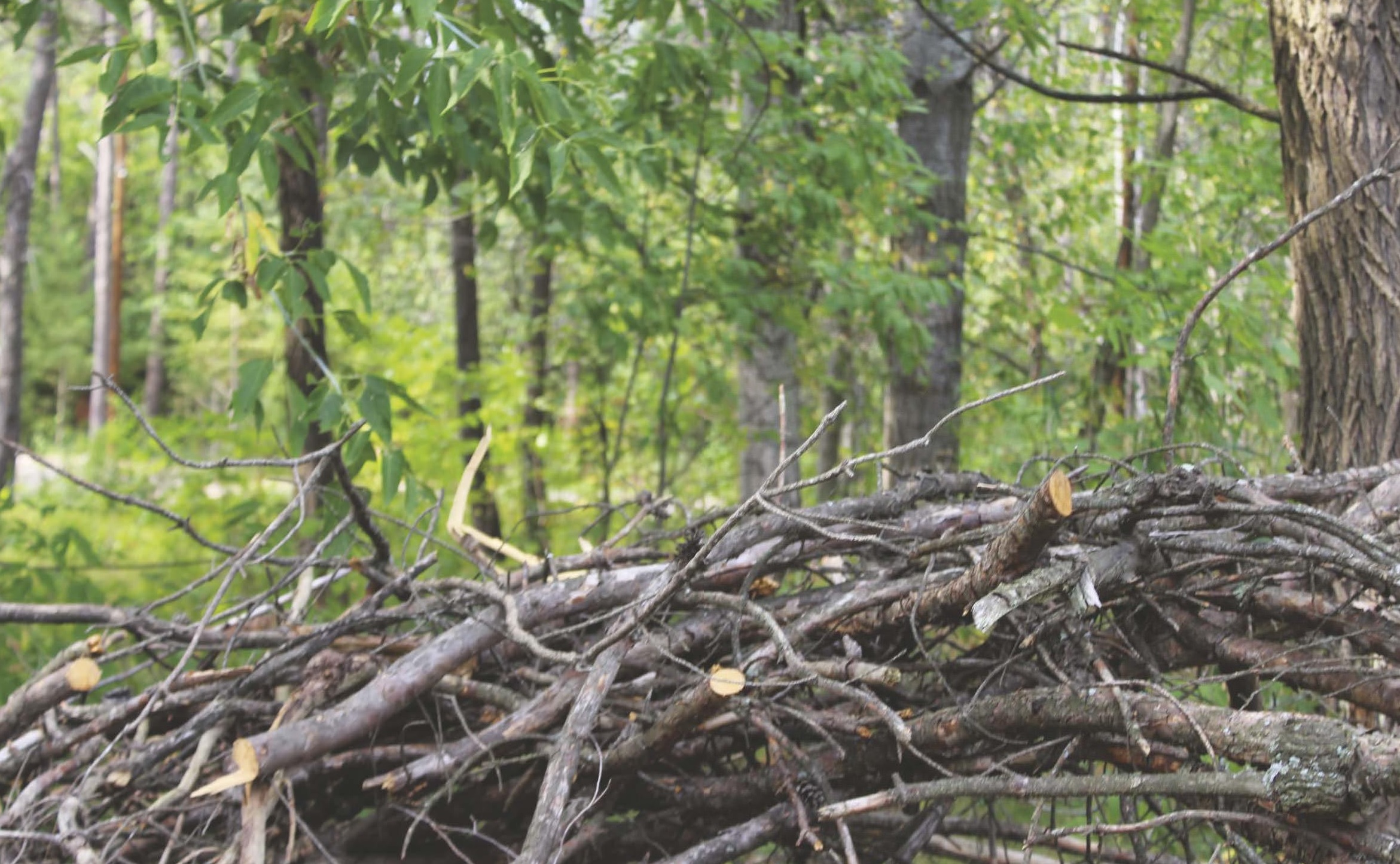
All it takes is one good storm - or just one very windy day- to send tree branches earthward. Those fallen sticks and large limbs can really add up. That goes for any woody shrub trimmings you happen to generate while pruning as well. Before long, you can be left with a truly massive brush pile. Although lots of people choose to burn their brush, you can extract a lot of value from that old pile of sticks. Here are six ways to put your brush pile to better use.
BIOCHAR BASICS
As a soil amendment, biochar can improve soil structure, moisture retention capabilities and overall nutrient availability to plants. And, as it happens, dried limbs and branches — especially those from softwoods — make great feedstock for making biochar.
Whether you dig your own burn pit or use a biochar kiln, any limbs from your brush pile that you intend to include for this specialized burning process (pyrolysis) had better be aged and bone-dry. Ideally, they should be about 3 inches in diameter or smaller, and they should break easily with a loud crack when you bend-test them.
Because it can take up to 100 pounds of brush to make just 10 to 20 pounds of biochar, your best bet is to save up limbs and sticks over several months’ time, sorting them by size as you go. Gardening with Biochar author Jeff Cox recommends making a couple of piles — one for branches between two and three inches in diameter and another for sticks less than two inches around. Cover these piles with tarps to keep the rain out as you wait for the sorted wood to reach levels of 10% moisture or less. At that point, they’ll be ready for their transformation from plain-old yard waste to pyrolyzed prize.
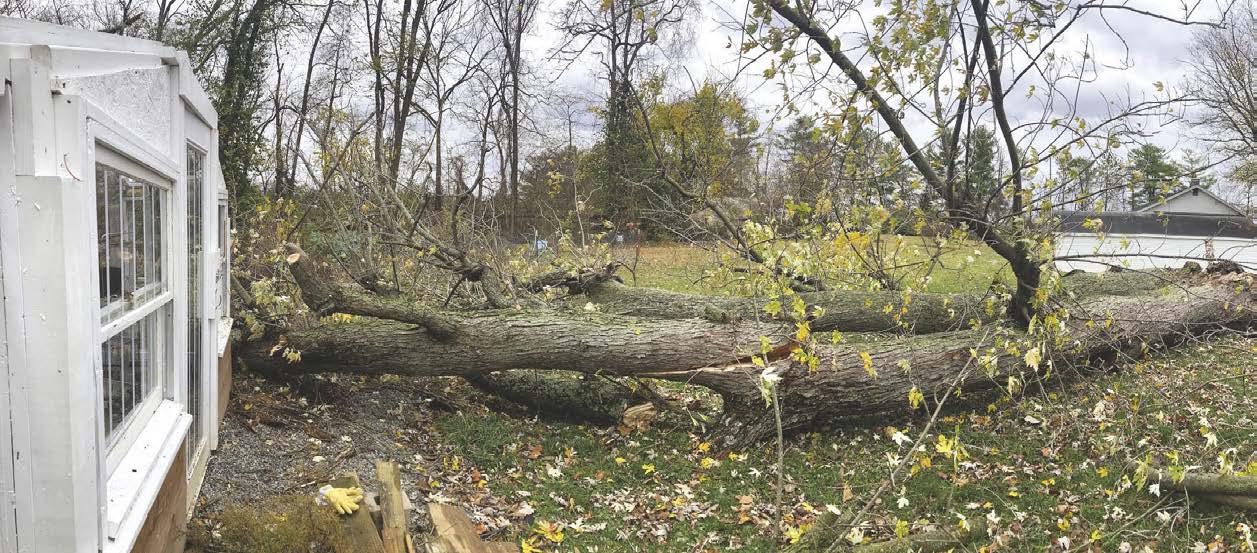
Esta historia es de la edición September - October 2023 de Hobby Farms.
Suscríbete a Magzter GOLD para acceder a miles de historias premium seleccionadas y a más de 9000 revistas y periódicos.
¿Ya eres suscriptor? Iniciar sesión
MÁS HISTORIAS DE Hobby Farms
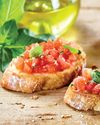
Hobby Farms
Fermented Bruschetta
It's tomato time, so use those ripened, garden-grown beauties to ma make some fermented bruschetta! This recipe will show you how.
2 mins
July/August 2025
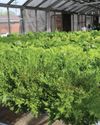
Hobby Farms
Raising Plants Hydroponically
This issue's column comes from a slightly different perspective, as producing plants hydroponically is a practice that hasn't yet caught on with many farmers. Yet, it could certainly fit very easily into any number of farming operations.
7 mins
July/August 2025
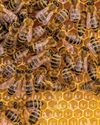
Hobby Farms
HEALTHLY HIVES
Nurturing a beehive can turn out to be nearly as sweet as the liquid gold found at the end.
7 mins
July/August 2025
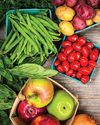
Hobby Farms
Assessing Market
As your hobby farm grows from pleasure toward profit, consider the next step: a farmers market.
7 mins
July/August 2025
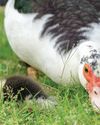
Hobby Farms
METAL TOXINS & DUCKS
Poisoning from metal toxins is a surprisingly common issue in backyard duck flocks.
4 mins
July/August 2025
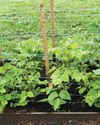
Hobby Farms
Big Bean Bonanza!
With literally thousands of varieties available, there’s bound to be a bean or two that will suit your growing conditions and please your palate.
6 mins
July/August 2025
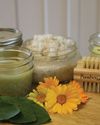
Hobby Farms
Herbal Hand Healers
Create a hand scrub and lotion from your garden.
7 mins
July/August 2025
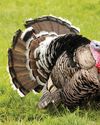
Hobby Farms
NARRAGANSETT TURKEY
Narragansetts are meat turkeys known for being very prolific, broodiness and possessing calm dispositions.
1 min
July/August 2025
Hobby Farms
Plant Cukes In July
If you live somewhere in USDA hardiness zones 5, 6 or 7 and you want a bigger, better cucumber harvest, sometime during the first two weeks of July is an excellent time to plant more cucumbers.
2 mins
July/August 2025
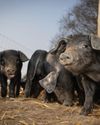
Hobby Farms
LARGE BLACK HOC
The Large Black is a docile heritage breed of swine originating in England improved from the Old English Hog from the regions of Devonshire and Essex.
1 min
July/August 2025

